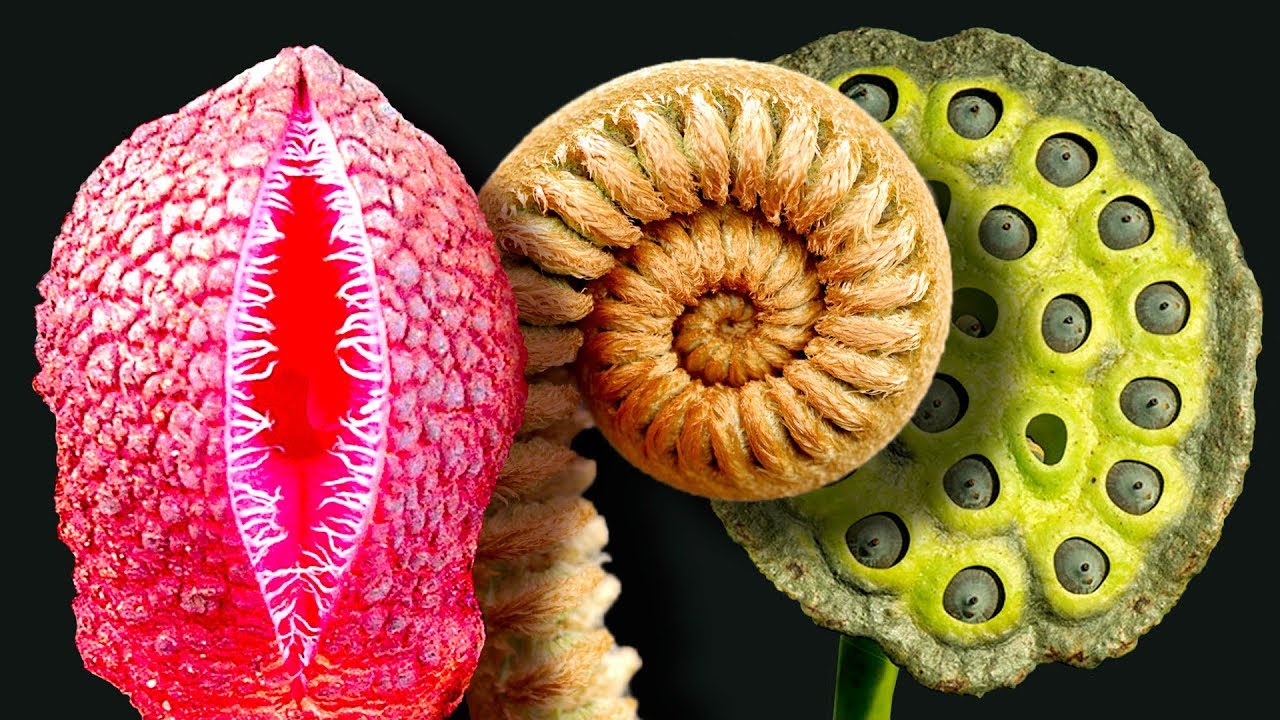
The Rarest Plants On The Planet (Part 1)
Nature is amazing and is full of truly unusual creatures. Today at The Science Blog, we wanted to take you on an incredible journey through the most extravagant cases of flora on Earth and review the most extraordinary plants that exist throughout the planet, and this is the result. To us, of course, these wonders seem taken from a fantasy and fiction tale. We hope you like it!
NEPENTHES: WEAPONS OF SEDUCTION

We started strong with a carnivorous plant. Also called ‘monkey cups’ or ‘pitcher plants’, this species is native to Southeast Asia. Its main attraction is the weapons of seduction since it is equipped with beautiful pitcher traps of an intense red color that, being filled with a syrupy liquid, easily attracts insects. Well, insects … and not so insects, as some species of pitcher plants can even consume mice. The ‘monkey cups’ come from these animals have sometimes been seen drinking rainwater from their traps.
WOLFFIA ARRHIZA: THE SMALLEST ON THE PLANET

Also known as the smallest plant on the planet, this plant only weighs 0.5 grams. We suppose that this is precisely where the common name “Australian duckweed” comes from. Its dimensions are just as tiny: 0.6 and 0.9 millimeters long and 0.2 and 0.5 wide. To give you an idea, a dozen of them can fit comfortably on the head of a pin. This peculiar aquatic plant is native to Malaysia and Australia. It produces fruits -also of minimal size- composed of 40% protein, which places them at the same level as soybeans, and that is why it is used as food. Of course, we do not imagine how much you would have to eat to be satisfied!
RAFFLESIA ARNOLDII: GIANT AND PESTILENTIAL

And we went from the smallest to the largest, because the one is also known as ‘the flower of rot’ is the largest known flower: it can reach a meter in diameter and weigh more than 10 kilos. Originally from the jungles of Sumatra and Indonesia, this type of plant has no leaves, no stem, and hardly any roots, so its only way to obtain nutrients is through the tree to which it is attached. That is, it is a parasitic plant. It is also known for giving off an unpleasant smell, hence its nickname.
MIMOSA PUDICA: HIS THING IS SHYNESS

The most peculiar thing about this plant is the ability of its leaves to contract towards the stem when it feels the contact of an animal or other mobile object. It is simply a defense mechanism against possible attacks, but it seems very beautiful to us. After a few minutes, the sheets return to their original state as if nothing had happened. It is known as a sensitive or shameful mimosa. Its main characteristic is that when touched, its leaves contract against the stem, and the smaller stems allow themselves to be overcome by weight. Practically, it is as if it was turned off. Everything responds to a defense mechanism against predators. It is a plant native to tropical America, and in English, it was called “Touch me not” (Don’t touch me). Despite its name, it’s actually very beneficial when touched on the skin. For centuries, this plant has been used to stop bleeding and treat skin problems.
DIONAEA MUSCIPULA: ALWAYS HUNGRY

The scientific name is probably not familiar to you at all, not even the common one: Venus flytrap. But we do not doubt that you have surely seen more than one image of this carnivorous plant since it is one of the most famous. It has unique traps, consisting of a series of hairs on its leaves, which detect the presence of possible victims -mainly insects and arachnids- after they land on them. The most incredible thing is that they do not hunt their prey immediately, but only if it repeats the contact in the next 20 seconds. This ensures that they do not waste unnecessary energy by folding their leaves over an inanimate object without any nutritional value.
Have you ever heard of these peculiar plants? Do you think we have forgotten some rare species that deserves to be mentioned? Do not forget to share your thoughts and opinions through the comments. And of course, if you liked this report, do not hesitate to share this article through your social networks. Stay tuned for the second part. Thanks!
You May Also Like

Genetics and Intelligence: Unraveling the Complex Relationship
2023-10-25
What is Naturopathy? 3 Things You Ought To Know
2022-01-25

One Comment
Pingback: